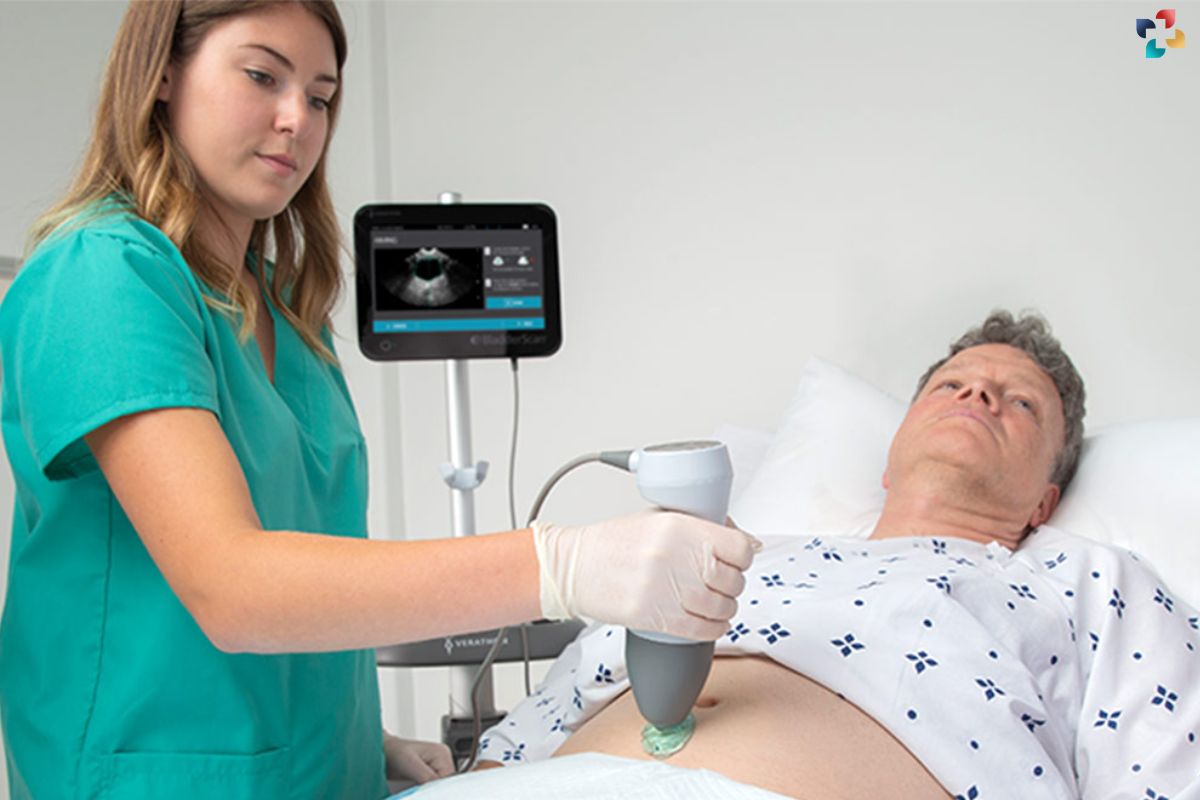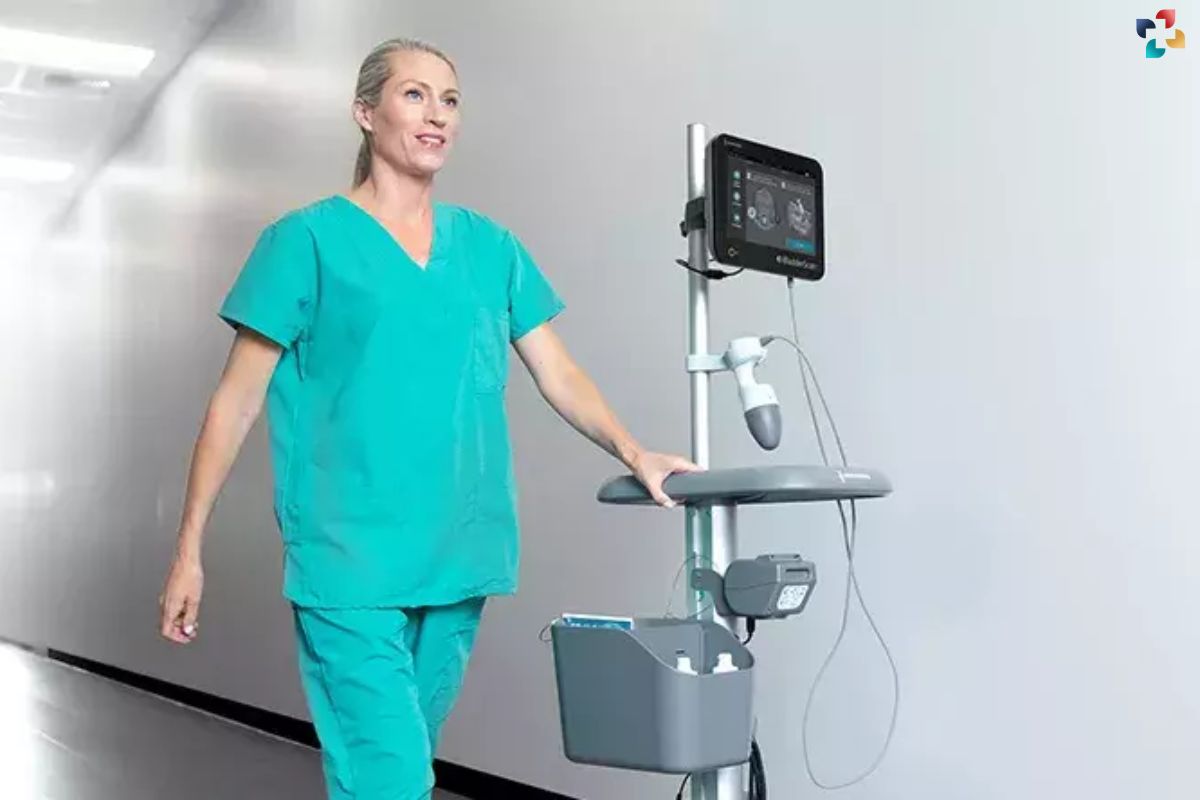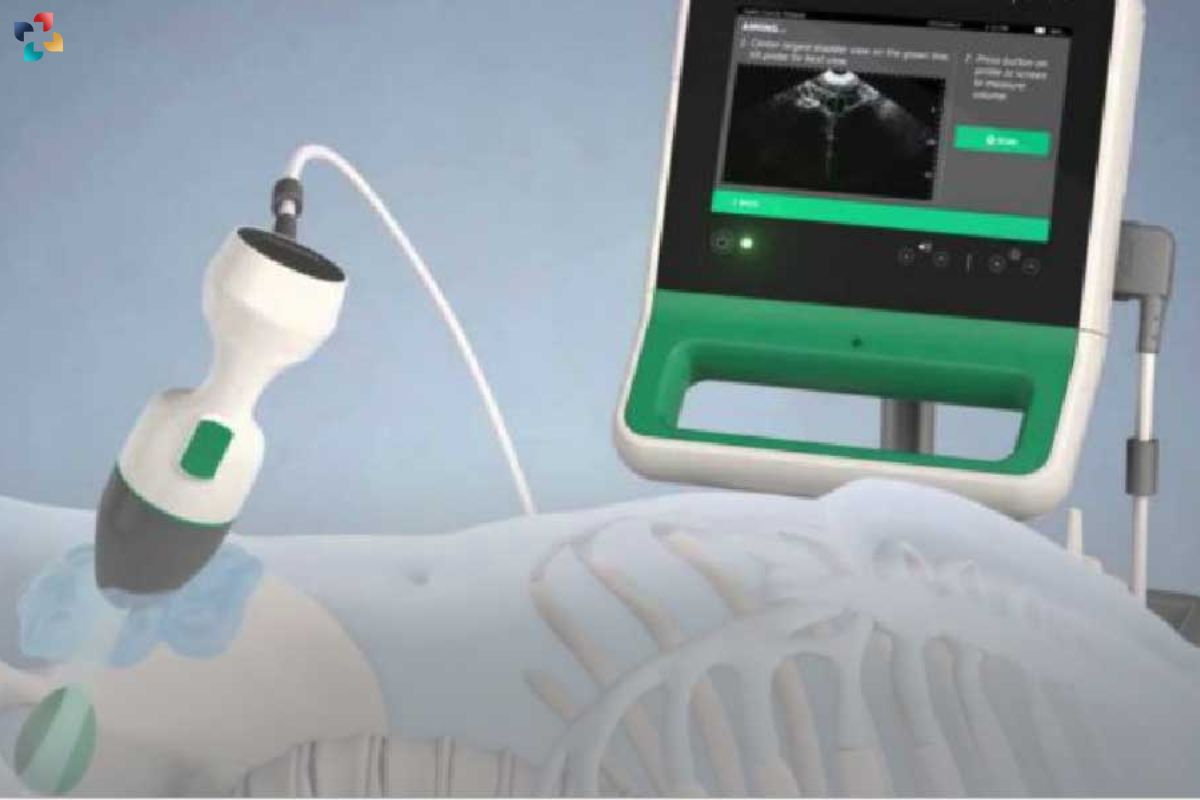In the realm of healthcare, technological advancements continue to transform the landscape, improving patient care and enhancing clinical outcomes. One such innovation that has gained prominence in recent years is the bladder scanner, a non-invasive medical device used to assess urinary retention and bladder volume. In this comprehensive article, we will explore the significance of bladder scanners in urinary care management, examining their uses, benefits, and impact on patient well-being.
Understanding Bladder Scanners:
A bladder scanner, also known as a portable ultrasound device or bladder ultrasound scanner, is a non-invasive medical tool designed to measure urinary bladder volume and assess urinary retention without the need for catheterization or invasive procedures. The device utilizes ultrasound technology to generate images of the bladder and calculate its volume based on the dimensions obtained.
Bladder scanners are highly versatile and can be used across various healthcare settings, including hospitals, clinics, nursing homes, and home care settings. They are particularly valuable in situations where accurate assessment of bladder volume is essential for diagnosis, treatment planning, and monitoring of urinary conditions.
Moreover, scanners offer several advantages over traditional methods of assessing bladder volume, such as palpation or catheterization. By providing non-invasive and pain-free measurement of bladder volume, bladder scanners minimize patient discomfort and reduce the risk of complications, such as urinary tract infections (UTIs) or urethral trauma. Additionally, the portability and ease of use of these scanners make them accessible to healthcare providers in diverse clinical settings, enabling timely assessment and intervention for patients with urinary issues.
Overall, bladder scanners represent a significant advancement in urinary care management, offering accurate, efficient, and patient-friendly solutions for assessing bladder volume and detecting urinary retention.
Uses of Bladder Scanners:

Bladder scanners have a wide range of clinical applications across various healthcare settings, including hospitals, clinics, nursing homes, and home care settings. Some common uses of these scanners include:
1. Urinary Retention Assessment
Bladder scanners are commonly used to assess urinary retention, a condition characterized by the inability to empty the bladder fully. By measuring bladder volume, healthcare providers can determine the extent of urinary retention and guide appropriate management strategies.
2. Pre- and Post-Void Residual Measurement
Bladder scanners are utilized to measure pre- and post-void residual (PVR) urine volume, helping to evaluate bladder emptying efficiency and identify potential urinary retention or incomplete bladder emptying.
3. Monitoring Fluid Balance

In critical care settings, scanners are employed to monitor fluid balance in patients, particularly those at risk of urinary retention or fluid overload. Regular bladder volume measurements can aid in adjusting fluid intake and output to maintain optimal hydration status.
4. Catheterization Avoidance
Bladder scanners play a crucial role in reducing the need for unnecessary urinary catheterization procedures, which carry the risk of complications such as urinary tract infections (UTIs) and discomfort for patients. By accurately assessing bladder volume, healthcare providers can determine whether catheterization is necessary or if alternative management options can be pursued.
Benefits of Bladder Scanners:
Bladder scanners have revolutionized the field of urinary care management by offering a non-invasive and accurate method for assessing bladder volume and detecting urinary retention. These innovative medical devices, also known as portable ultrasound devices or bladder ultrasound scanners, utilize advanced ultrasound technology to generate images of the bladder and calculate its volume based on the dimensions obtained. The benefits of bladder scanners extend beyond their ability to provide precise measurements; they also contribute to improving patient outcomes, enhancing clinical efficiency, and reducing healthcare costs.
Now, let’s delve deeper into the benefits of bladder scanners and explore how they have transformed the landscape of urinary care management. From promoting patient comfort to facilitating early detection of urinary issues, bladder scanners play a crucial role in delivering high-quality and patient-centered care across various healthcare settings.
The adoption of scanners in clinical practice offers numerous benefits for both patients and healthcare providers. Some key advantages include:
1. Non-Invasiveness
Bladder scanners provide a non-invasive method for assessing bladder volume and urinary retention, eliminating the need for catheterization and reducing patient discomfort and risk of complications.
2. Accuracy
Modern bladder scanners are equipped with advanced ultrasound technology that ensures accurate and reliable measurements of bladder volume, allowing for precise diagnosis and treatment planning.
3. Efficiency
Bladder scanning is a quick and efficient procedure that can be performed at the bedside, enabling timely assessment and intervention for patients with urinary issues.
4. Cost-Effectiveness
By reducing the need for unnecessary urinary catheterization procedures and associated complications, scanners contribute to cost savings for healthcare facilities and insurers.
5. Improved Patient Experience

The use of bladder scanners promotes a more patient-centered approach to urinary care, minimizing discomfort and preserving dignity by avoiding invasive procedures whenever possible.
Impact of Bladder Scanners on Patient Care:
The integration of bladder scanners into urinary care management has led to significant improvements in patient outcomes and quality of care. By facilitating early detection of urinary retention, monitoring bladder volume, and guiding appropriate interventions, bladder scanners help prevent complications such as urinary tract infections, bladder overdistension, and renal damage. Additionally, the use of bladder scanners promotes evidence-based practice and supports clinical decision-making, ensuring that patients receive personalized and effective care tailored to their individual needs.
Conclusion:
In conclusion, bladder scanners represent a valuable tool in urinary care management, offering a non-invasive and efficient method for assessing bladder volume and urinary retention. With their ability to provide accurate measurements, promote patient comfort, and enhance clinical decision-making, bladder scanners have become indispensable in healthcare settings worldwide. As technology continues to evolve, the role of bladder scanners in improving patient outcomes and optimizing urinary care management will undoubtedly continue to grow, reaffirming their status as a cornerstone of modern healthcare practice.
FAQs
What is a bladder scanner, and how does it work?
A bladder scanner, also known as a portable ultrasound device, is a non-invasive medical tool used to measure urinary bladder volume and assess urinary retention without catheterization. It utilizes ultrasound technology to generate images of the bladder and calculate its volume based on the dimensions obtained.
Is bladder scanning painful or uncomfortable?
No, bladder scanning is a non-invasive procedure that is painless and comfortable for patients. It involves simply placing the ultrasound probe on the skin over the bladder area, similar to receiving an ultrasound examination on other parts of the body.
When is bladder scanning typically performed?
Bladder scanning is performed when there is a clinical need to assess bladder volume, such as suspected urinary retention, monitoring fluid balance in critically ill patients, or evaluating bladder function in individuals with urinary symptoms.
How accurate are bladder scanners in measuring bladder volume?
Bladder scanners are highly accurate in measuring bladder volume, with most devices providing reliable measurements within a few milliliters of actual bladder volume. However, it is essential to follow proper scanning techniques and calibration procedures to ensure accuracy.
Are bladder scanners safe to use?
Yes, bladder scanners are considered safe to use when operated by trained healthcare professionals following manufacturer’s instructions. They emit low levels of ultrasound energy that pose minimal risk to patients and operators, making them a safe and effective tool for urinary care management.
Visit The Lifesciences Magazine For More.











